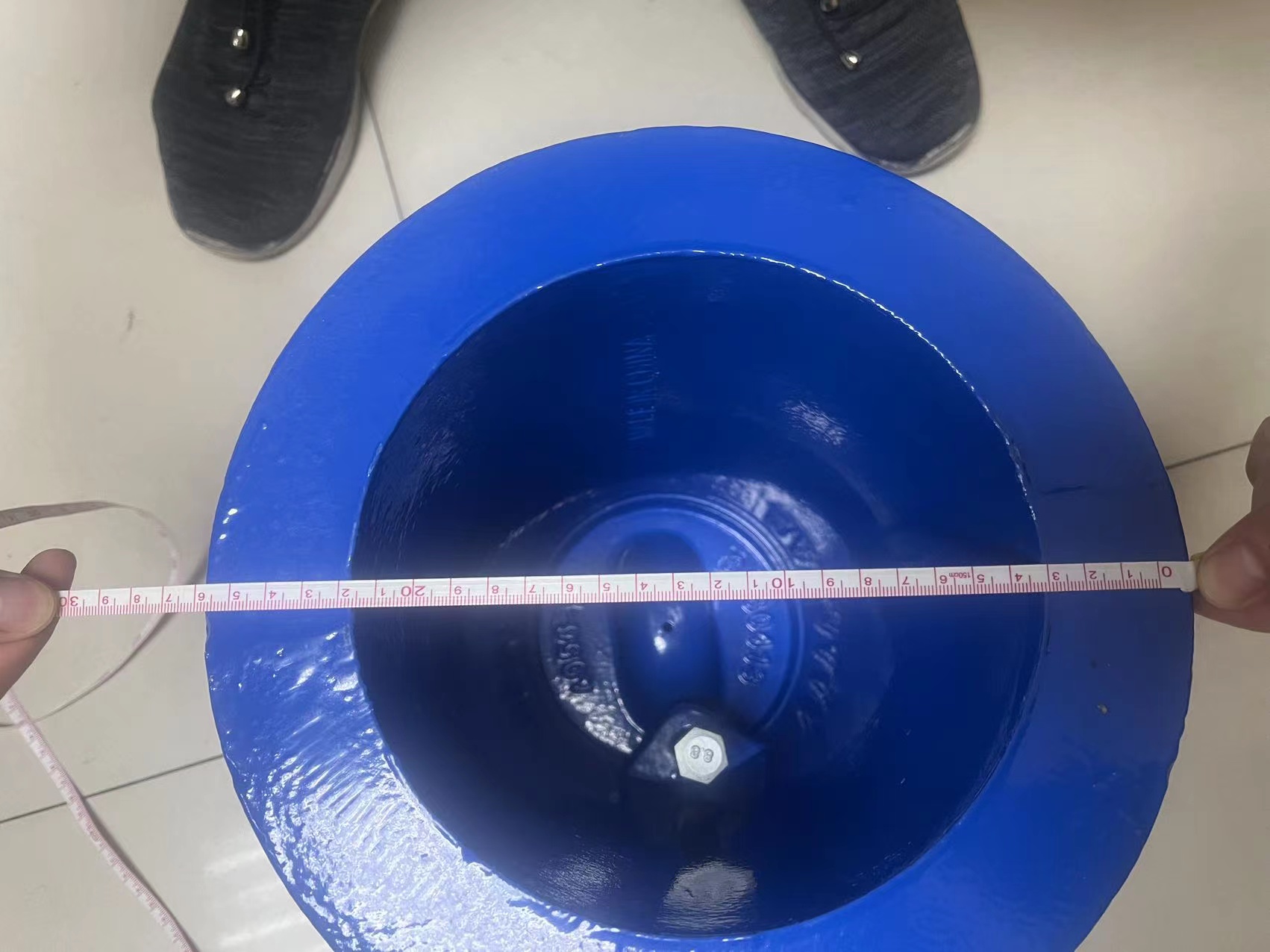mech butterfly valve
Understanding Mechanical Butterfly Valves An Overview
Mechanical butterfly valves are crucial components widely used in various industries for fluid control. Renowned for their simple yet effective design, butterfly valves play a significant role in managing the flow of liquids and gases across piping systems. This article will delve into the mechanics, applications, advantages, and considerations surrounding the use of mechanical butterfly valves.
What is a Mechanical Butterfly Valve?
A mechanical butterfly valve consists of a circular disc that rotates around a central axis to open or close the flow passage. The valve is typically mounted between two flanges in a pipeline system. When the valve is in the closed position, the disc blocks the flow path, while turning the disc perpendicular to the flow allows it to open, thereby enabling fluid passage. The valve's design makes it particularly effective in regulating large volumes of fluid with relatively minimal pressure drop.
Key Components and Operation
The fundamental components of a butterfly valve include the body, disc, stem, seat, and actuator. The body is generally made from materials like cast iron, stainless steel, or plastic, providing durability and resistance against corrosion. The seat, often made of elastomeric materials, ensures a tight seal when the valve is closed to prevent leaks.
The operation of the butterfly valve is typically executed using an actuator, which can be manual (hand-operated) or powered (electric, pneumatic, or hydraulic). This actuator functions as the driving mechanism that facilitates the rotation of the disc, enabling the user to control the flow with varying degrees of precision.
Applications of Butterfly Valves
Mechanical butterfly valves are incredibly versatile and find use across a multitude of industries, including
1. Water and Wastewater Treatment The valves are commonplace in regulating water flow and pressure in treatment plants, helping manage potable and wastewater processes efficiently.
2. Oil and Gas In this sector, butterfly valves control the flow of crude oil, natural gas, and other hydrocarbons, which are often transported through extensive pipeline networks.
4. HVAC Systems Butterfly valves are integral to heating, ventilation, and air conditioning systems, allowing for the regulation of airflow within buildings.
5. Chemical Processing They can handle corrosive chemicals, making them suitable for various chemical applications while maintaining operational safety.
mech butterfly valve

Advantages of Mechanical Butterfly Valves
The use of mechanical butterfly valves offers numerous benefits
- Space Efficiency Due to their compact design, butterfly valves require less space compared to other valve types, making them ideal for environments with limited installation area.
- Quick Operation The disc's rotation allows for quick opening and closing, enabling rapid control of fluid flow, which is critical in processes that require immediate responsiveness.
- Cost-Effectiveness Mechanical butterfly valves are generally more economical in terms of both initial purchase price and maintenance costs compared to alternative valve types.
- Low Pressure Loss Their design minimizes pressure loss across the valve, making them suitable for applications requiring energy efficiency.
- Versatility They can accommodate various media, including gas, liquid, and slurries, further enhancing their utility across multiple sectors.
Considerations for Selection and Use
While mechanical butterfly valves possess many advantages, certain factors should be considered when selecting and implementing them
- Material Selection Choosing the right material for the valve body and seat is essential for corrosion resistance and longevity, especially when dealing with aggressive fluids.
- Size and Design The valve's size must align with the pipeline specifications to ensure optimal performance. Additionally, various designs exist, such as wafer-style and lug-style valves, each suited for specific applications.
- Temperature and Pressure Ratings Understanding the service conditions, including temperature and pressure limits, ensures the longevity and reliability of the valve.
In conclusion, mechanical butterfly valves offer an efficient and effective solution for managing fluid flow across a wide range of applications. Their simple design, combined with their versatility and cost-effectiveness, makes them a preferred choice in many industries. Whether in water treatment, oil and gas, or chemical processing, understanding their mechanics and appropriate use is vital for optimizing performance and ensuring safety.
-
The Smarter Choice for Pedestrian AreasNewsJun.30,2025
-
The Gold Standard in Round Drain CoversNewsJun.30,2025
-
The Gold Standard in Manhole Cover SystemsNewsJun.30,2025
-
Superior Drainage Solutions with Premium Gully GratesNewsJun.30,2025
-
Superior Drainage Solutions for Global InfrastructureNewsJun.30,2025
-
Square Manhole Solutions for Modern InfrastructureNewsJun.30,2025
-
Premium Manhole Covers for Modern InfrastructureNewsJun.30,2025
